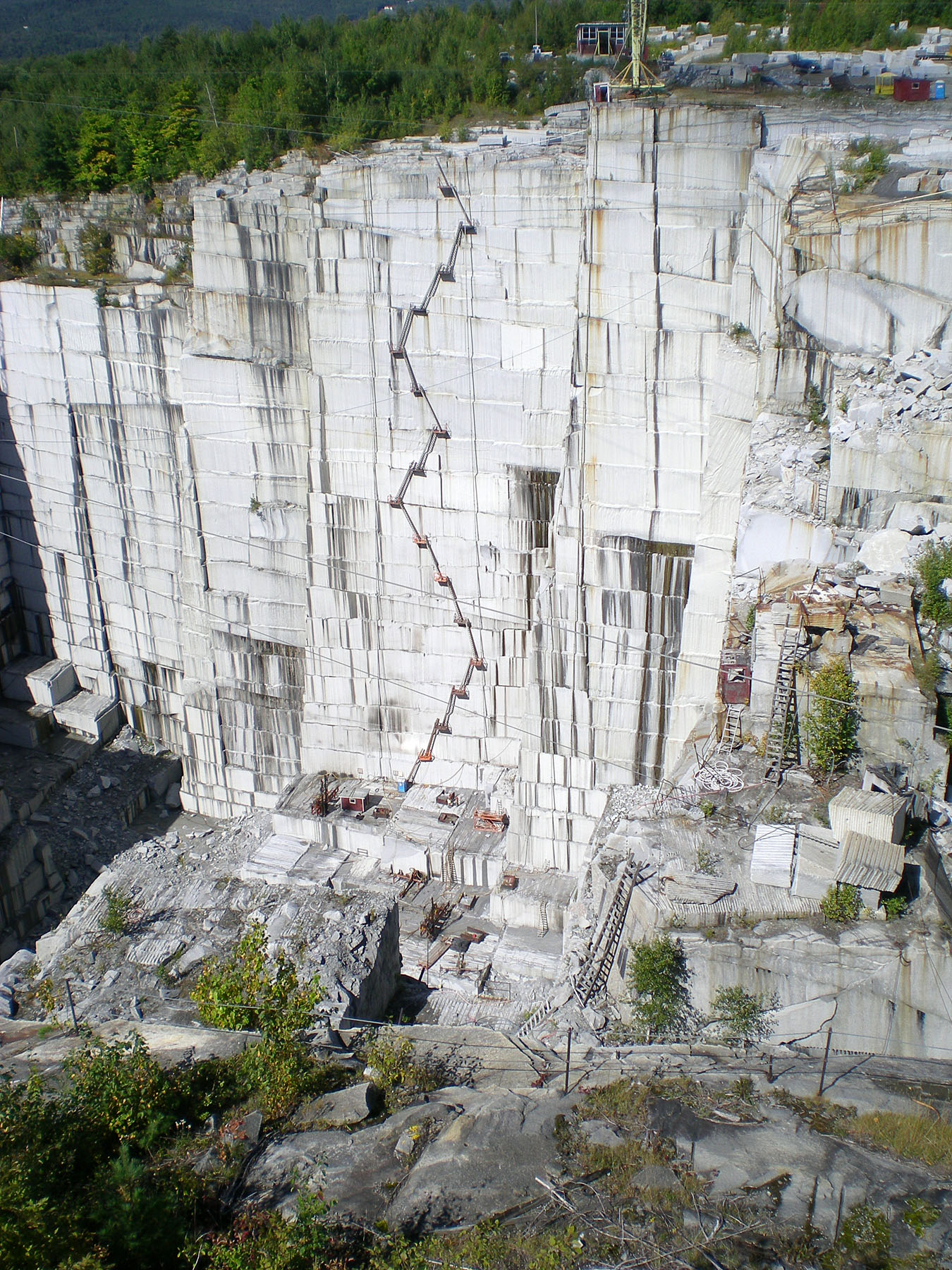The Hidden Gems: Checking Out Granite Quarries in South Africa
The Hidden Gems: Checking Out Granite Quarries in South Africa
Blog Article
Uncovering the Rich History and Lasting Practices of Granite Quarrying
As we stand on the precipice of revealing the elaborate tapestry of granite quarrying, a trip via time exposes not just the physical act of drawing out stone however likewise the social and historical relevance woven into the extremely textile of this method. From the ancient beginnings that laid the foundation for modern quarrying methods to the sustainable methods that are forming the future of this market, each chisel mark on granite surface areas narrates waiting to be discovered (granite quarries in south africa). The heritage of granite quarrying extends much beyond mere extraction; it is a testament to human resourcefulness, durability, and the enduring appeal of this stunning stone
Old Origins of Granite Quarrying
Going back to ancient civilizations, the method of quarrying granite has actually been an indispensable part of human background and architectural innovation. The earliest evidence of granite quarrying go back to ancient Egypt, where huge pyramids and complex sculptures were crafted from this durable stone. The Egyptians made use of primitive tools to remove granite blocks from quarries, showcasing the importance of this material in their huge buildings.
Moving on in history, the Greeks additionally made substantial payments to the quarrying of granite. The Greeks utilized granite in various building wonders, such as temples and statuaries, showing their skill in shaping and carving this hardy stone. The Romans further fine-tuned the strategies of quarrying granite, utilizing advanced tools like blades and hammers to remove and shape granite for their iconic structures.
Through the centuries, the technique of quarrying granite has actually advanced, with modern innovations improving performance while keeping the ageless appeal of this all-natural rock - granite quarries in south africa. From old civilizations to contemporary home builders, the heritage of granite quarrying remains to form our world
Evolution of Quarrying Techniques
The development of quarrying strategies has been marked by a continuous progression towards higher effectiveness and precision in removing granite. From the rudimentary approaches utilized by our ancestors to the advanced innovations utilized in modern quarrying procedures, the sector has actually undertaken substantial developments. Early quarrying techniques included hand-operated labor with basic devices such as chisels, hammers, and wedges to extract granite blocks from the earth. As human beings proceeded, strategies like fire-setting and primitive explosives were presented to assist in the extraction process.
In even more recent times, the advent of equipment changed the quarrying market, enabling much faster removal rates and raised performance. Technologies such as diamond cord saws, high-pressure water jets, and pneumatically-driven drills have ended up being standard in contemporary quarries, permitting for accurate cutting and minimized waste. Advancements in computer-controlled equipment and 3D modeling have actually enhanced quarrying procedures, leading to minimal ecological impact and improved sustainability methods. As the need for granite remains to rise, the evolution of quarrying strategies remains important to conference market needs successfully and sustainably.
Cultural Significance of Granite
Granite holds a pop over to this web-site profound cultural importance across different people because of its enduring visibility in building masterpieces and respected monuments. From the majestic pyramids of Egypt to the elaborate carvings of the Angkor Wat holy place in Cambodia, granite has actually been a product of choice for expressing magnificence and longevity in cultural heritage. In ancient Rome, granite columns adorned holy places and public structures, signifying stamina and permanence. The social value of granite expands past its physical features; it embodies resilience, stability, and eternity, making it a symbol of withstanding legacies and practices.

Sustainable Practices in Quarrying
Amidst the abundant history of granite quarrying and its social relevance exists a growing focus on sustainable practices within the market. As ecological understanding and concerns regarding resource exhaustion have actually heightened worldwide, the quarrying industry has progressively accepted sustainable methods to decrease its effect on the setting and bordering neighborhoods.

Additionally, recovery and recovery of quarry sites post-extraction are essential to sustainable methods. By navigate to this site bring back quarried locations to an all-natural or useful state, such as creating wildlife environments or leisure areas, quarriers can counter the environmental footprint of their procedures and contribute favorably to the regional environment.
Tradition of Granite Quarrying
With a historic backdrop soaked in workmanship and commercial development, what sustaining effect has granite quarrying left on the landscape of modern culture? The heritage of granite quarrying transcends mere extraction practices; it has shaped architectural wonders, metropolitan landscapes, and cultural heritage worldwide. The resilient nature of granite has actually made it a recommended selection for monoliths, structures, and infrastructure, standing as a testimony to the ability a fantastic read and creativity of quarry employees throughout generations.
Furthermore, the financial footprint of granite quarrying can not be forgotten. The sector proceeds to provide work chances and drive local economic climates in areas where granite extraction prevails. It has likewise spurred technological improvements in quarrying strategies and equipment, bring about a lot more reliable and sustainable methods.
In terms of sustainability, the tradition of granite quarrying includes efforts to mitigate ecological impacts with reclamation projects and responsible resource administration. By balancing economic interests with ecological stewardship, the sector makes every effort to guarantee that future generations can proceed to gain from this enduring natural source.
Final Thought

Report this page